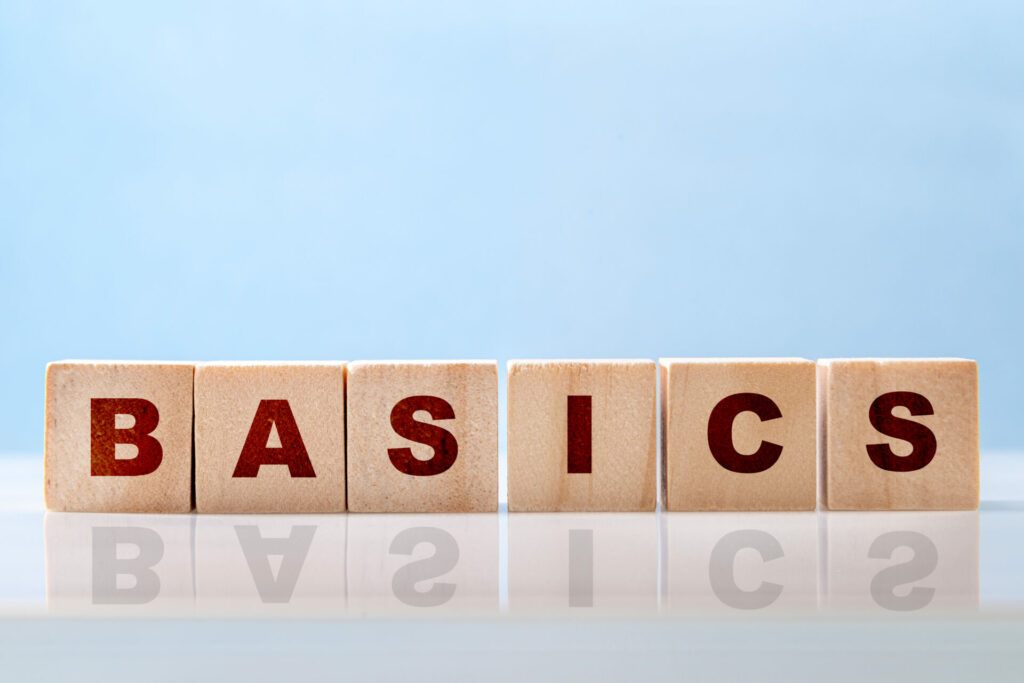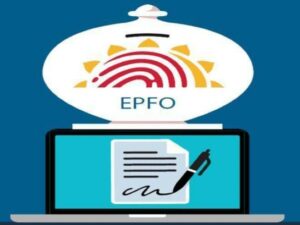Understand more about Loan Repayment
Borrowed funds are defined as loans. Every loan, secured or unsecured, needs to be repaid by the borrower. Loan repayment is essentially how the amount borrowed is paid back to the lender.
Loan repayment consists of two parts. The principal amount that has been borrowed and the interest on the principal amount.
Financial institutions usually offer a loan repayment plan built to suit the needs of their customers. EMI or equated monthly installments is the most common way of repaying the loan amount. EMIs are calculated considering the principal amount, interest rate and the tenure of the loan. Thus, the EMI amount is to be paid as per the schedule decided between the lender and the borrower.
Borrowers who wish to pay their loans earlier than their tenures are allowed to do so. In such a scenario, borrowers can either increase the monthly loan repayment amount as compared to their EMI amount or pay in a lump sum.
Understand the basics of Repayment of Loans

An EMI is what you repay the lender on the borrowed funds. This is repaid on a fixed date of every month.
It comprises two parts: the principal amount, which is divided into smaller portions across the tenure, as well as the loan repayment rate of interest applicable.
The EMI depends on the loan amount, the interest and the tenure of the loan. The borrower has the option to increase the EMI amount to finish repaying the loan earlier than the tenure. Missing an EMI would attract higher interest and charges in the next EMI. This may also negatively impact the credit score of the borrower.
Before availing a personal loan, it is important to have a fair idea of how your repayment schedule will look like and the amount you will need to pay as time progresses. A loan repayment calculator can help you in understanding what the EMI would be when you avail an unsecured loan.

Importance of Loan Repayment
Creditworthiness is one of the main eligibility criteria when it comes to unsecured loans. Since there is no collateral against the loan, lenders ensure that the borrower has high creditworthiness. This is why repaying a loan is important.
Failure in doing so can affect your credit score and make it difficult for you to avail any instant loan, secured or unsecured, in the future.
Repaying a loan has to be done diligently every month as it reduces the loan liability and the interest accrued. Missing out on paying the EMI can have financial implications including higher interest payments in the future.
Types of Repayment plans
Before availing a loan, it is important to know the loan repayment schedule or the kind of repayment plan that would suit you. The following are the types of repayment plans you can choose from:
- Standard Repayment Plan: Under this loan repayment plan, the borrower will be repaying the same amount throughout the tenure of the loan.
- Extended Repayment Plan: Under this plan, borrowers can start the loan repayment at a lower amount and can increase it as the tenure progresses. This plan can be chosen when the borrower is expecting a rise in income in the future
- Income Repayment Plan: The EMI amount depends on your income. As your income increases, you can pay higher EMIs.
Before availing a loan, it is important to know the EMI that you would be repaying to the lender. Using an EMI calculator can give borrowers a fair idea of the EMI amount to be repaid.
At Finnable, we offer various types of quick personal loans of up to Rs. 10 lakhs at attractive interest rates, require minimal documentation, and come with a tenure of up to 60 months.



















